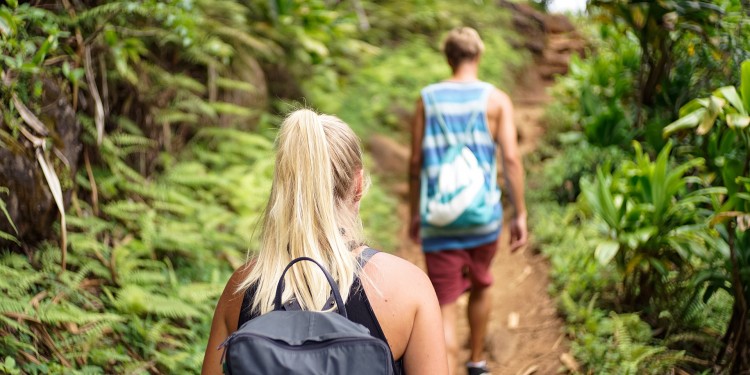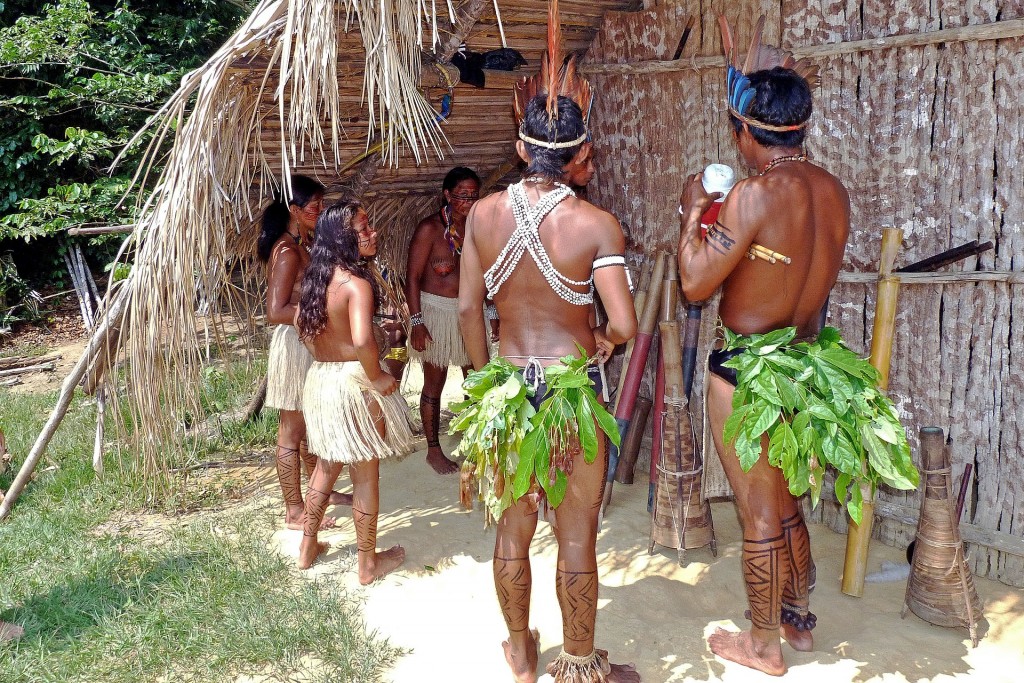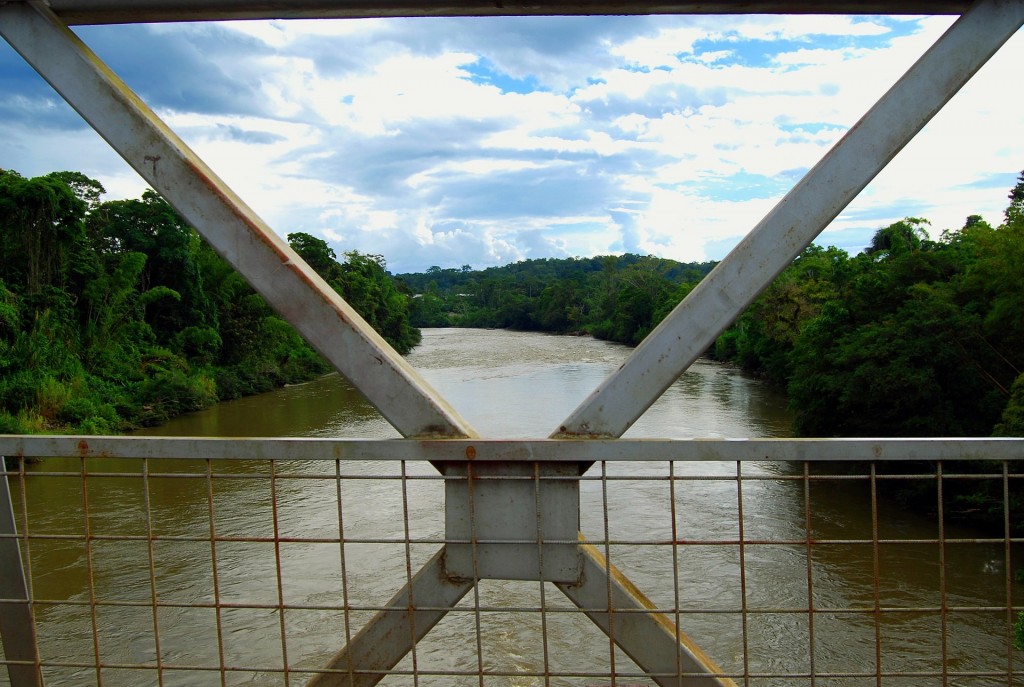
The Amazon Rainforest spans 2.124 million square miles, covering Brazil, Colombia, Peru and a handful of other South American countries. To put this in perspective, this vast basin is approximately the same size as the 48-contiguous United States, which makes it the largest rainforest in the world. By definition, to qualify as a rainforest, an area must receive at least 100 inches of annual rainfall. The abundant rainfall of the Amazon basin enables incredible biodiversity, from the 40,000 plant varieties to the thousands of species of animals that call the rainforest home. In addition to supporting local life, the Amazon is also critical to the planet’s oxygen supply. The Amazon Rainforest produces 20% of the world’s oxygen, which has led some people to call it “the lungs of the earth”.
The Amazon’s Human Inhabitants

The Amazon is home to more than 400 indigenous people groups, of which 50 are believed to have never made contact with the outside world.
It’s estimated that people have inhabited the Amazon basin for over 32,000 years. For thousands of years the indigenous peoples living here flourished, relying on the rich resources of the rainforest to survive. Generally, these native people were nomadic, moving along as they exhausted the local resources. However, that all changed when Europeans landed on the continent five centuries ago, bringing with them deadly diseases and persecution. At the time, there were an estimated 6.8 million inhabitants of the Amazon; today the indigenous population has dwindled to fewer than a million. Of the people from the 400 different tribes now represented, there are few remaining who have managed to maintain the nomadic ways of their ancestors. The majority of the native people have shifted their lifestyle to farming or have even adopted a more Western lifestyle living in the city. Their survival continues to be threatened as logging companies strip away the resources of the rainforest.
The Threat of Deforestation
In recent decades, the Amazon has increasingly faced the threat of deforestation by industry. Cattle ranching is the lead contributor to deforestation in the area, followed by logging and soybean farming. Sadly, in the last 4 decades, 20% of the rainforest has been chopped down to make room for industry, posing a huge threat to the Amazon’s finely balanced ecosystem. It’s feared that as deforestation continues, it could disrupt the Amazon so greatly that there will be no reversing the damage.

At 4,345 miles, the Amazon River is the 2nd longest river in the world.
In addition to deforestation from industrial development, the Amazon is also threatened by global warming and drought. It is believed that global warming played a contributing role in the three droughts that have plagued the area over the past decade, once in 2005, another time in 2010, and presently. These droughts have killed millions of the rainforest’s trees and other plant life. But the effects of the droughts aren’t just devastating to the Amazon alone, the repercussions affect the entire planet. As trees die, they emit carbon gases back into the atmosphere. With entire expanses of the Amazon drying up and dying off, the Amazon’s carbon footprint continues to grow. It’s reported that in 2005, the greenhouse gas emissions from Amazonian drought were greater than the combined emissions of Europe and Japan. During subsequent droughts, the emissions have been even worse.
Saving the Amazon
As the threats of deforestation and climate change have been increasingly scrutinized, efforts to stop the destruction have increased. Today, deforestation has taken a plunge, thanks in large part to the efforts of the Brazilian government. Over half of the Amazon is now considered a protected area, preserved as national park land or land owned by the indigenous peoples. Additionally, deforestation has been discouraged by soybean and cattle purchasers refusing to buy product raised on deforested land. Efforts have also been made to increase monitoring in areas designated as protected from deforestation. It’s the hope of many that within the next decade, the deforestation of the Amazon will be completely stopped.
